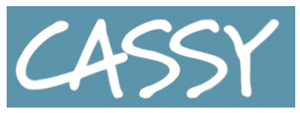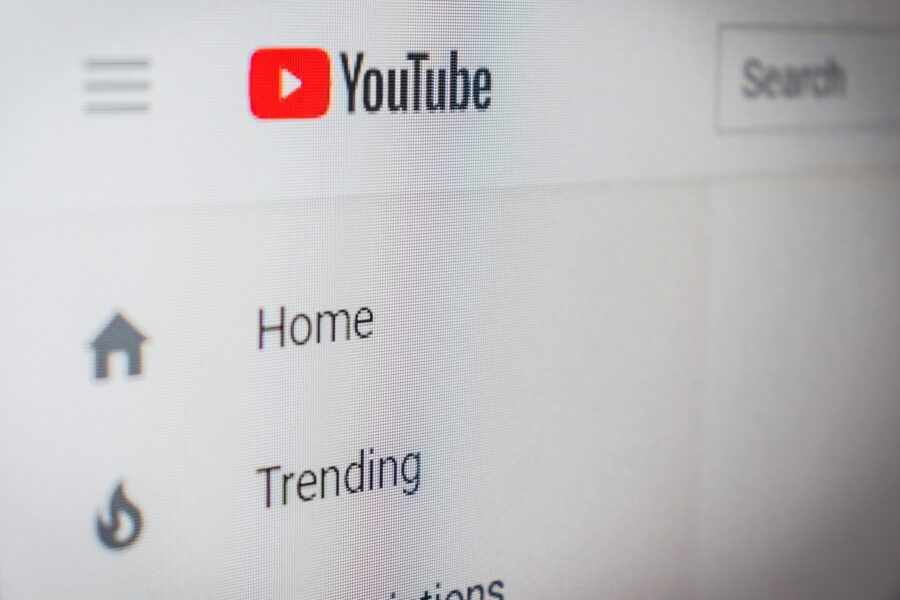Google’s 5 New Steps to Protect Youth Mental Health on YouTube
Having drawn the scrutiny of the U.S. Surgeon General, Congress, and the American public, social media giants are under fire for failing to protect the mental health of youth who use their platforms. Google, which acquired YouTube in 2006, is no exception. According to MedCity News, at the recent CES 2024 conference, Google announced five ways the company is working to protect child mental health on the platform:
1. Take a break and bedtime reminders – For the past several years, YouTube has offered users Take a Break and Bedtime reminders. The user (or parent) can choose how often these reminders are shown. When activated, a black box appears over the page a user is on.
The feature is on by default for teens and younger children. Others must choose to activate it. Learn how to activate that setting on an Android or iOS device (Mac or iPad).
Now, YouTube is instituting a more dramatic attention-getting device: a full-page white screen reminder to take a break. “These will be more disruptive and they’ll create more moments for pause and reflection, which we know is more likely to get somebody to actually disengage,” said Google’s Director of Consumer and Mental Health Megan Jones Bell.
By default, these messages will now be triggered automatically every 60 minutes, YouTube says.
2. Limiting repeated recommendations of videos on certain topics – In response to criticisms about cyberbullying and social media’s pernicious effects on young people’s body image, YouTube has also altered its content recommendations for teen and tween users. YouTube is now limiting video recommendations for physical comparison content – videos that compare physical features, fitness levels, or body weight, idealizing some over others. Likewise, it will limit videos depicting real-world social aggression (such as non-contact fights and intimidation). YouTube adopted these safeguards after input by its Youth and Families Advisory Committee suggested types of content that may be okay to watch once but could be problematic for some teens if viewed repeatedly.
YouTube’s Community Guidelines already require removing content and preventing users (especially minors) from watching videos that violate company policies on child safety, eating disorders, suicide / self-harm, dangerous challenges, hate speech, and harassment.
3. Updated crisis resource panels – When users search for topics related to suicide, self-harm, or eating disorders, YouTube has provided crisis resource panels offering the opportunity to call or chat with a 988 Crisis & Suicide Hotline counselor. Formerly, these panels were simply a thin bar at the top of the page, which were easy to miss (or disregard). Now, the crisis panels are hard to ignore. They take over a full page, demanding greater attention – and requiring an active choice – by the user.
“You actually have to make a decision to either contact a crisis resource, look for content related to the promotion of mental health (such as self-compassion content or grounding exercises), or you can actively scroll to the bottom of that page and click through to see the content that you previously searched for,” Jones Bell explained.
4. Partnering with the World Health Organization – Google and YouTube are looking to the World Health Organization to develop new principles to protect youth mental health.
“We asked the World Health Organization to convene global experts, which they’ve done,” said Jones Bell. “They’re issuing guidance and principles that we will put into our product as a way of helping elevate high-quality, but developmentally appropriate mental health content to young people.”
The new report developed by the World Health Organization (WHO) and British Medical Journal (BMJ) “lists principles and themes that content creators and platforms should consider or adopt when developing mental health content,” YouTube says on its blog.
5. Educational resources for creating responsible content – YouTube has collaborated with Common Sense to develop a guide for families and teens on online safety and how to create responsible videos that protect mental health.
Common Sense also provides recommendations for family viewing on YouTube.
Read the full article here.
Learn more about YouTube’s efforts to protect youth mental health or its modifications to eating disorder content.
Plescia, Marissa. “5 Ways Google Is Protecting Kids’ Mental Health on YouTube.” MedCityNews.com, 16 Jan 2024, https://medcitynews.com/2024/01/google-child-teen-mental-health-youtube/.
Photo by Christian Wiediger on Unsplash



